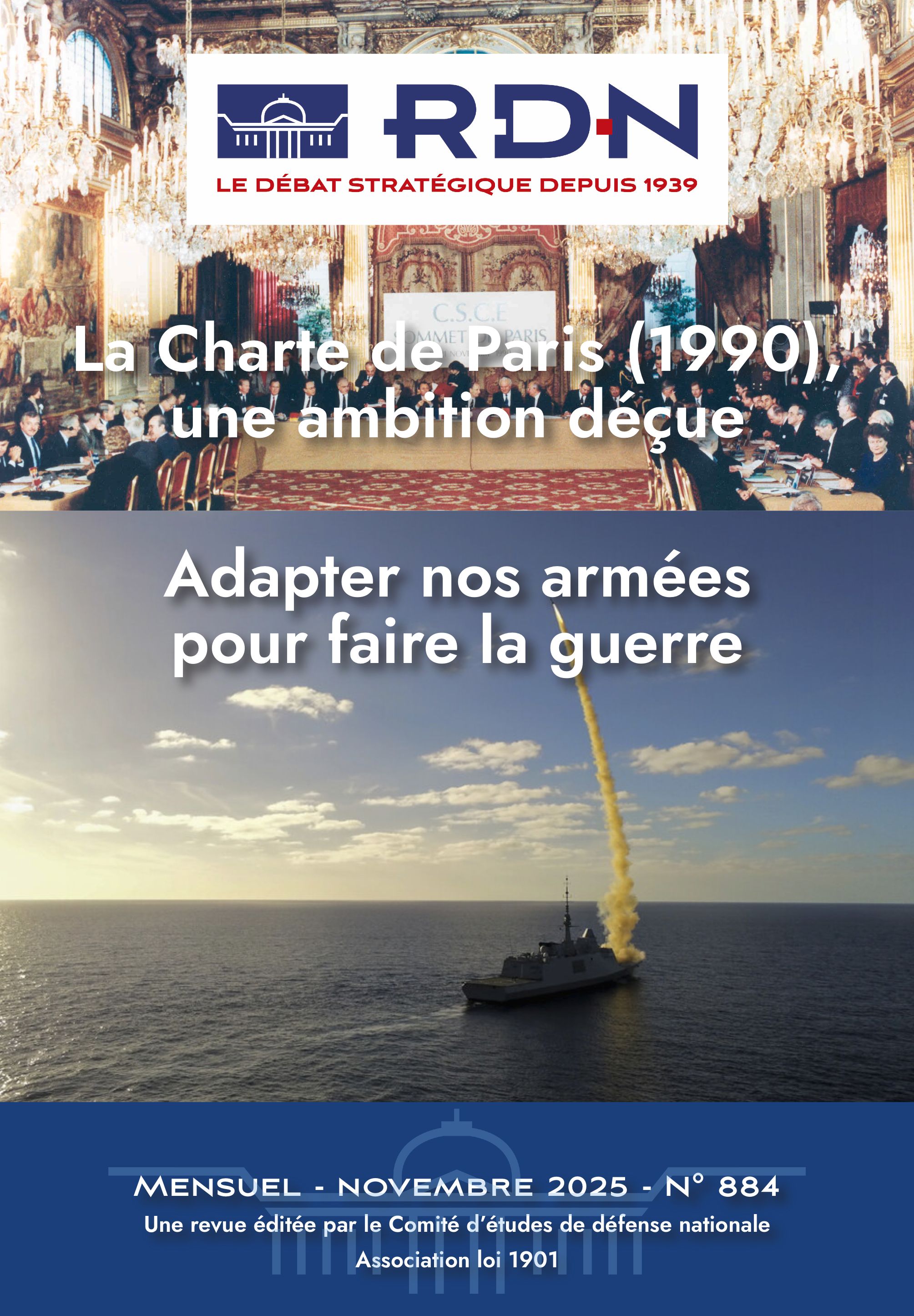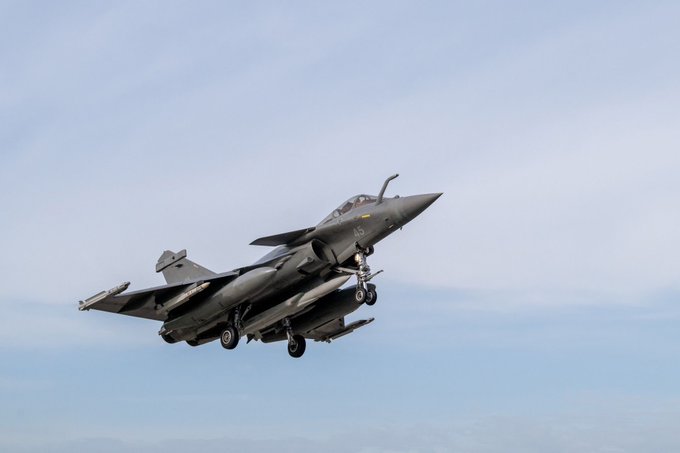French nuclear deterrence policy has barely evolved since its inception in the 1960s. Intended to deter any attack against the nation’s vital interests, it was, until now, directed solely against states which were themselves nuclear-armed. Thus defined it has enjoyed several decades of tacit political consensus. The speech given by the head of state at l’Île Longue on 19 January 2006 substantially modifies this theory of deterrence by extending the possibility of threatened employment to certain non-nuclear states, and by widening the definition of vital interests, in terms of their geographical location and of their very nature. This article attempts to analyse this important development in French policy. It underlines its relevance, but equally gives warning of its relative fragility in France’s 2006 geopolitical environment.
The Île Longue speech: a turning point for French nuclear deterrence policy
The French concept of nuclear deterrence has for many years remained apart from the debate on defence policy and resources, both nationally as well as in European forums.
At a national level, deterrence has from the outset been the sole prerogative of the head of state. Decisions are taken in the Defence Council, whose deliberations are classified ‘Secret’. When its conclusions are published, as for example that concerning the new-generation SSBN (SNLE-NG) or the replacement of the M45 missile by the M51, they are rarely questioned by the general public as, perhaps unconsciously, the latter appear to be persuaded of the correctness of this policy, with the relatively marginal exception of the eco-pacifists.
Il reste 94 % de l'article à lire









